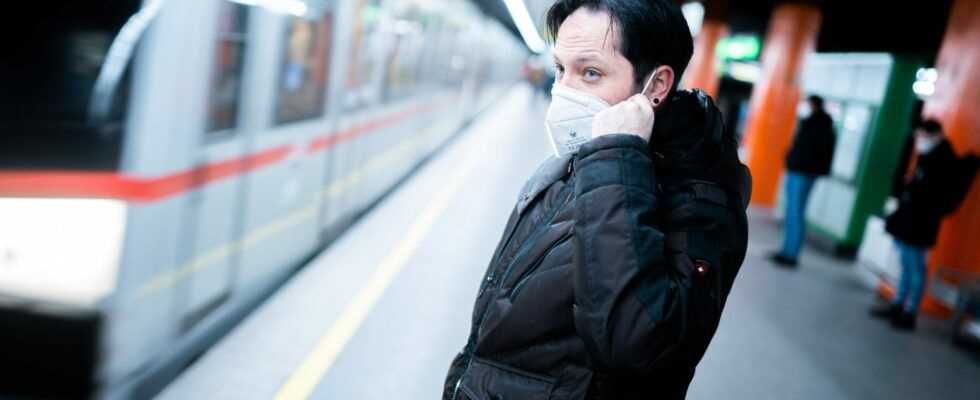Regular use of public transport does not seem to have an increased risk of corona infection – this is the result of a study in local public transport in Germany. However, the utilization of the means of transport during the study period was lower than before the pandemic.
The Charité Research Organization (CRO) compared the specific risk of infection of passengers in buses and trains with that of commuters who regularly travel by car, motorcycle or bicycle.
For the independent epidemiological study on behalf of the Association of German Transport Companies (VDV), the CRO has a total of 681 voluntary participants between the ages of 16 and 65 in the area of the Rhein-Main-Verkehrsverbund (in the state of Hesse around around Frankfurt) who commuted to work, school or training for a period of four weeks on weekdays either by public transport or by car or bicycle and had a journey of 15 to 30 minutes (one way) in local public transport.
The aim of this investigation was not to estimate the risk of infection for passengers under laboratory conditions or on the basis of statistical calculations, but to determine it in the context of everyday travel. Such an approach is so far unique in the context of Covid studies in the mobility sector.
All subjects were medically examined at the beginning and at the end of the study by PCR testing (acute infection) or antibody testing (survived infection). During the study period, the test subjects kept a digital diary in which, in addition to specific mobility behavior, contacts, cold symptoms or compliance with hygiene rules in local public transport were recorded.
No differences between modes of transport
The CRO found no difference in terms of a possible increased risk of infection when using public transport compared to private transport. According to the study, regular use of buses and trains did not lead to a higher risk of infection. No differences were found when comparing different public transport modes (buses, trams or underground and suburban trains). The protective measures valid at the time of the investigation, i.e. the FFP2 mask requirement, sufficient distances and good ventilation of the vehicles in public transport, proved to be effective according to the results of the study.
During the study period, the utilization of public transport vehicles in the RMV area was around 47 percent on a daily average compared to the utilization before the pandemic.
At the end of last year, the German federal states decided together with the VDV to commission the study. The federal states of Baden-Württemberg, Bavaria, Berlin, Brandenburg, Bremen, Hamburg, Hesse, Lower Saxony, North Rhine-Westphalia, Rhineland-Palatinate and Saarland participated in the financing.
ampnet
